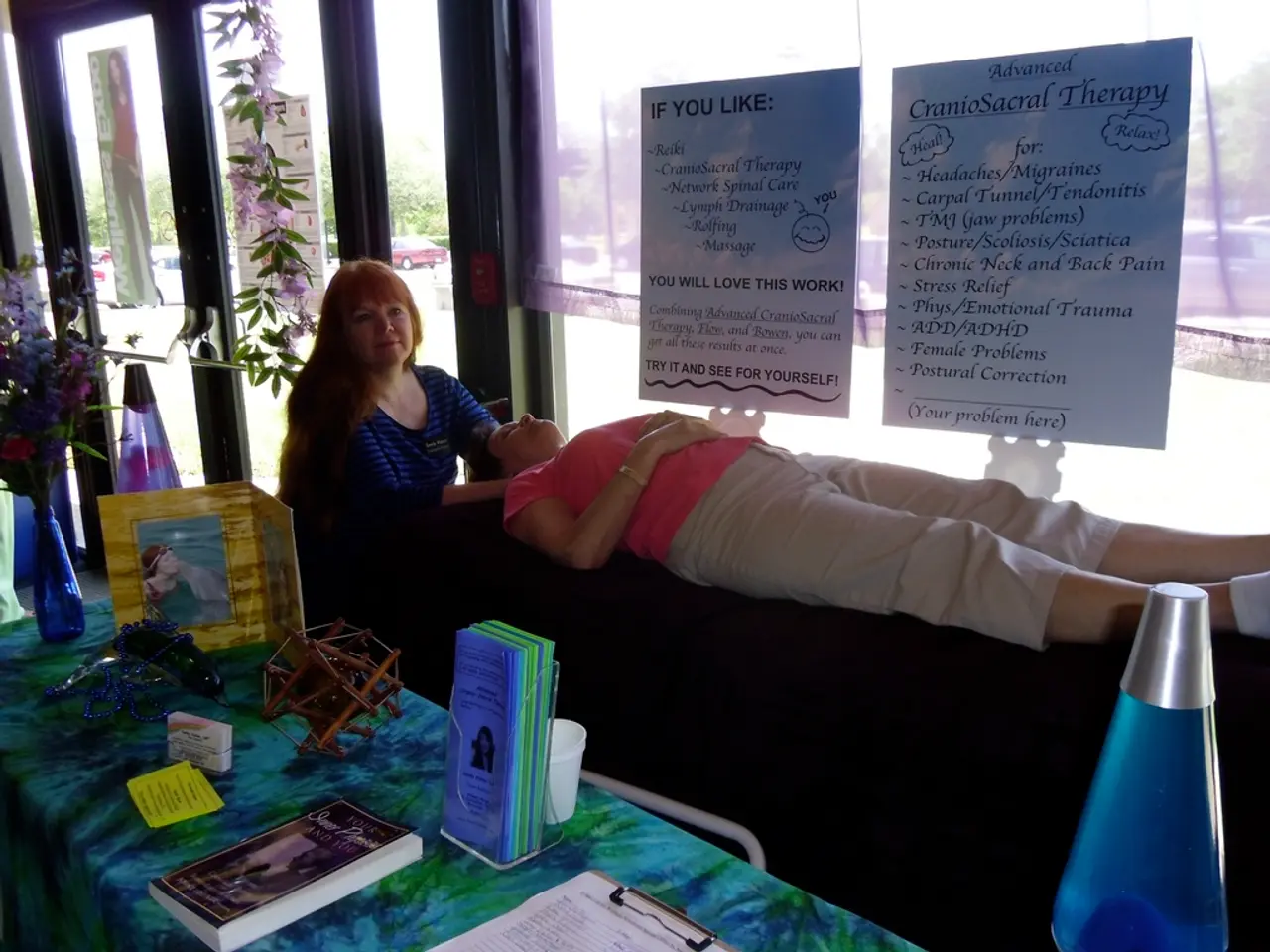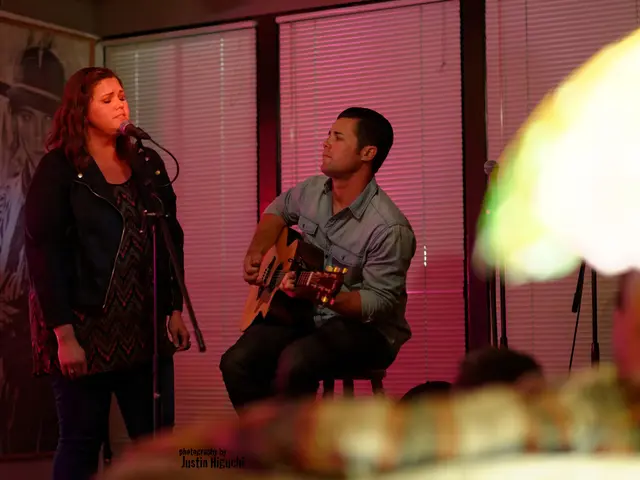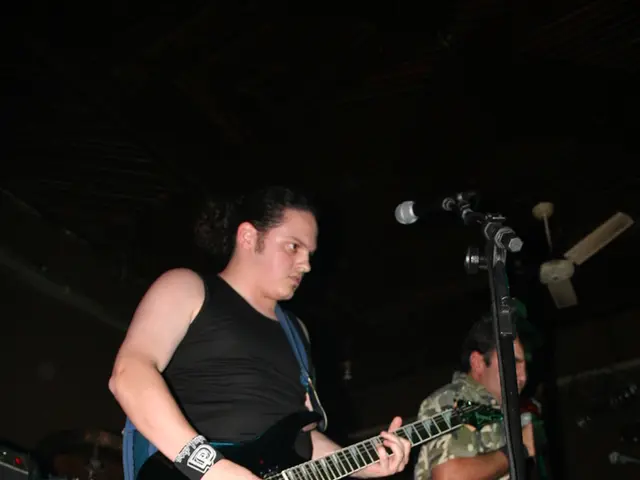Trauma from Childhood and the Seven Ways of Expressing Love: Guide to Recovery
Childhood trauma, a pervasive issue affecting a significant number of children, can have long-lasting effects on an individual's mental health and relationships in adulthood. In a groundbreaking approach, understanding the intersection of childhood trauma and the seven love languages can be a crucial step in healing relationships and fostering secure attachments.
The seven love languages, as identified by Dr. Gary Chapman, represent different ways people prefer to give and receive love. These include words of affirmation, acts of service, receiving gifts, quality time, physical touch, thoughtfulness, and shared activities. For individuals with a history of childhood trauma, understanding which love languages resonate can be complicated by trauma-induced patterns such as avoidance, insecurity, or emotional detachment.
Trauma survivors may find quality time anxiety-provoking, requiring time to build safe retreats and get comfortable with togetherness. Building healthy relationships with people who respect boundaries is crucial, as these relationships can serve as sanctuaries to explore different love languages.
Recognising the impact of trauma and tailoring expressions of love accordingly can transform relationships from sources of fear or insecurity into spaces of healing and secure attachment. This involves increasing emotional awareness of trauma triggers, using the love languages as tools to meet emotional needs sensitively and safely, cultivating emotional safety and trust, and supporting mutual healing through patience, validation, and consistent affectionate behaviours aligned with each other’s love languages.
Engaging with therapists skilled in CBT, EMDR, or somatic practices brings tools and support to individuals dealing with trauma-related concerns. Mindfulness practices, such as journaling and meditation, can aid in emotional regulation and the development of healthier habits.
Some kids equate gifts with guilt, especially if financial hardship or manipulation was a part of their past. Healing involves redefining gifts as pure love, no strings attached. Physical touch can trigger traumatic memories in survivors, necessitating the setting of boundaries and learning to view touch as nurturing.
Neglected individuals may find acts of service bewildering, requiring relearning to accept help as a friendly gesture. Survivors of emotional abuse might struggle with accepting affirmations, requiring learning to believe that words can heal. Gradual exposure to difficult love languages can help erode the grip of trauma, with baby steps leading to life-transforming shifts.
Developing gratitude practices and participating in team activities could help fracture the walls of suspicion in trauma survivors. Understanding and accepting that past trauma, not personal failings, complicates love languages can help lighten self-blame and open pathways to healing.
Childhood trauma can impact a person's ability to give and receive love, particularly in areas corresponding to their traumatic experiences. The American Journal of Psychiatry states that adults who went through trauma as children face higher risks of health issues and addictions. Attachment-based therapy could rebuild secure ties, turning time spent with loved ones into a gift for trauma survivors.
Somatic therapies may help reconnect trauma survivors with their physical selves, making touch a friend instead of a foe. Ultimately, integrating knowledge of childhood trauma with the framework of the seven love languages equips couples with a roadmap to build secure, loving, and resilient relationships, transforming past pain into growth and connection.
- For individuals with a history of childhood trauma, recognizing and understanding their preferred love language can be complicated by trauma-induced patterns, requiring time and effort to learn to view acts of service, acts of kindness, physical touch, and shared activities as expressions of love rather than triggers.
- In the context of mental health and wellness, engaging in practices like journaling and meditation, as part of the education-and-self-development process, can aid in emotional regulation and the development of healthier lifestyle habits for survivors of childhood trauma.
- Trauma survivors may find the love language of quality time anxiety-provoking, but building healthy relationships with people who respect boundaries can provide a sanctuary for exploration of different love languages and the cultivation of emotional safety and trust.
- The science behind the seven love languages suggests that understanding which love languages resonate with an individual can play a crucial role in fostering secure attachments and healing relationships impacted by childhood trauma.
- Childhood trauma can significantly affect a person's relationships and mental health in adulthood, leading to increased risks of health issues and addictions, as reported by the American Journal of Psychiatry. Engaging with therapies such as CBT, EMDR, or somatic practices can provide survivors with tools and support to cope with trauma-related concerns, ultimately integrating knowledge of childhood trauma with the framework of the seven love languages to build resilient and secure relationships.




